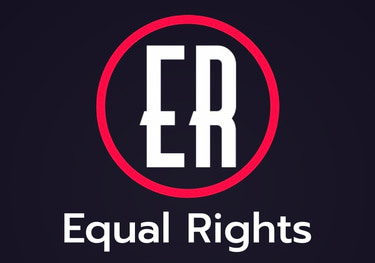Promoting Gender Equality in the Workplace:
Strategies for Employers
Kylo B
4/19/2024
Promoting Gender Equality in the Workplace: Strategies for Employers
Gender equality in the workplace is not only a fundamental human right but also a key driver of business success and economic growth.
Despite progress in recent years, gender disparities persist in many workplaces, affecting hiring practices, pay equity, career advancement, and work-life balance.
In this article, we explore strategies that employers can implement to promote gender equality and foster inclusive work environments.
Understanding Gender Equality
Gender equality refers to the equal treatment and opportunities for individuals of all genders, without discrimination based on gender identity or expression.
Achieving gender equality in the workplace requires addressing systemic barriers, biases, and stereotypes that contribute to disparities in employment and career outcomes.
Key Challenges in Achieving Gender Equality
Gender Pay Gap: Women are often paid less than men for the same work or work of equal value, contributing to economic inequality.
Underrepresentation in Leadership: Women are underrepresented in leadership positions and executive roles across industries, limiting career advancement opportunities.
Workplace Bias: Implicit biases and stereotypes can influence hiring decisions, performance evaluations, and promotion processes, disadvantaging women and non-binary individuals.
Work-Life Balance: Traditional gender roles and caregiving responsibilities can create challenges for individuals balancing work and family obligations.
Strategies for Promoting Gender Equality
Implement Equal Pay Policies: Conduct regular pay equity audits to identify and address gender-based pay disparities. Ensure transparent and equitable compensation practices.
Foster Inclusive Hiring Practices: Implement blind recruitment processes, use diverse hiring panels, and prioritize gender diversity in recruitment efforts.
Provide Equal Opportunities for Career Development: Offer mentorship programs, leadership training, and sponsorship opportunities to support the advancement of women and underrepresented genders.
Promote Work-Life Balance: Offer flexible work arrangements, parental leave policies, and childcare support to help employees manage caregiving responsibilities.
Combat Workplace Bias: Provide unconscious bias training for employees and managers to raise awareness and mitigate biases in decision-making processes.
Establish Zero-Tolerance Policies for Harassment & Discrimination: Create and enforce policies that prohibit harassment and discrimination based on gender or any other protected characteristic.
Promote Gender Diversity in Leadership: Set diversity goals for leadership positions and hold leaders accountable for advancing gender equality within their teams.
Support Employee Resource Groups: Encourage the formation of employee resource groups focused on gender diversity and inclusion to provide support and advocacy.
Measuring Progress & Accountability
Employers should regularly assess progress towards gender equality goals and hold themselves accountable for creating inclusive workplaces. Key performance indicators may include representation metrics, pay equity analysis, employee satisfaction surveys, and retention rates.
Promoting gender equality in the workplace requires a concerted effort from employers to dismantle barriers, challenge biases, and create inclusive cultures where individuals of all genders can thrive.
By implementing proactive strategies, fostering diversity and inclusion, and prioritizing equal opportunities, employers can contribute to building equitable workplaces that benefit employees, businesses, and society as a whole.
Together, let us work towards a future where gender equality is not just a goal but a reality in every workplace.
